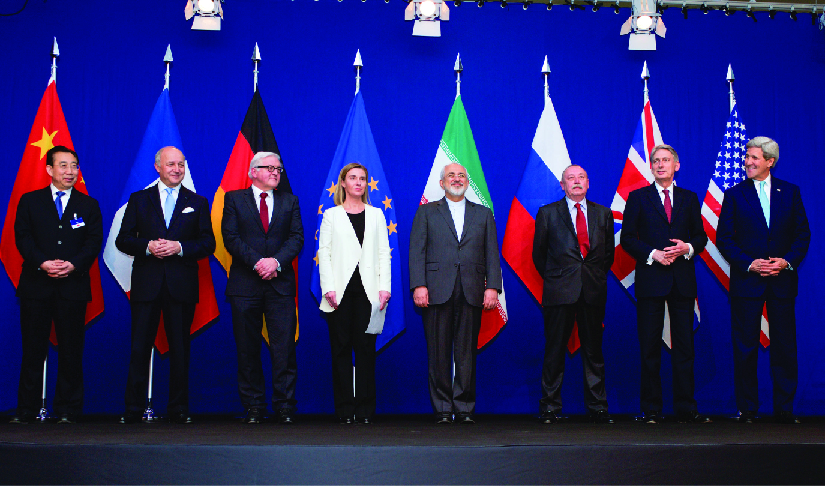| << Chapter < Page | Chapter >> Page > |

The format that an international agreement takes has been the point of considerable discussion in recent years. The U.S. Constitution outlines the
treaty process in
Article II . The president negotiates a treaty, the Senate consents to the treaty by a two-thirds vote, and finally the president ratifies it. Despite that constitutional clarity, today over 90 percent of the international agreements into which the United States enters are not treaties but rather executive agreements.
Should new international agreements into which the United States enters be forged through the Article II treaty process of the U.S. Constitution, or through executive agreements? This question arose again in 2015 as the Iran Nuclear Agreement was being completed. That pact required Iran to halt further nuclear development and agree to nuclear inspections, while the United States and five other signatories lifted long-standing economic sanctions on Iran. The debate over whether the United States should have entered the agreement and whether it should have been a treaty rather than an executive agreement was conducted in the news media and on political comedy shows like The Daily Show .
Your view on the form of the pact will depend on how you see executive agreements being employed. Do presidents use them to circumvent the Senate (as the “evasion hypothesis” suggests)? Or are they an efficient tool that saves the Senate Committee on Foreign Relations the work of processing hundreds of agreements each year?
Politicians’ opinions about the form of the Iran Nuclear Agreement fell along party lines. Democrats accepted the president’s decision to use an executive agreement to finalize the pact, which they tended to support. Republicans, who were overwhelmingly against the pact, favored the use of the treaty process, which would have allowed them to vote the deal down. In the end, the president used an executive agreement and the pact was enacted. The downside is that an executive agreement can be reversed by the next president. Treaties are much more difficult to undo because they require a new process to be undertaken in the Senate in order for the president to gain approval.
Which approach do you favor for the Iran Nuclear Agreement, an executive agreement or a treaty? Why?

Notification Switch
Would you like to follow the 'American government' conversation and receive update notifications?